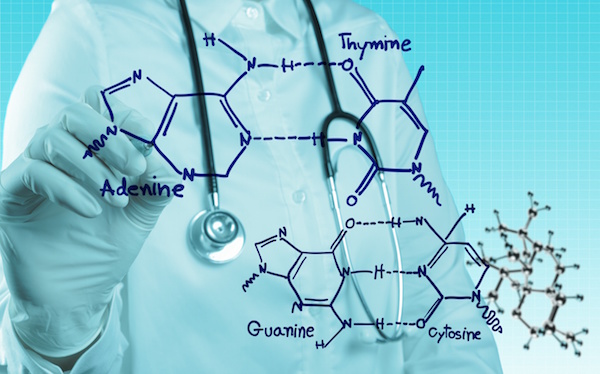
TUESDAY, Nov. 10 (HealthDay News) — New research on cancer patients adds to the controversy surrounding anemia drugs such as Procrit and Aranesp, concluding that they increase the risk of venous thromboembolism, potentially fatal blood clots.
These drugs, called erythropoiesis-stimulating agents (ESAs), are commonly prescribed to fight anemia associated with chemotherapy and chronic kidney disease. Recent studies have linked them with increased risk of death, stroke and new cancers.
“These drugs hit the market in the mid-1990s, and by 2002, 50 percent of patients on chemotherapy were receiving them,” said lead researcher Dr. Dawn Hershman, co-director of the breast program at the Herbert Irving Comprehensive Cancer Center at New York-Presbyterian Hospital/Columbia University Medical Center in New York City.
Initial testing of these drugs was done on only 12 weeks of use, she noted. “Right from the beginning, there was concern that these drugs would cause some side effects, but the initial studies did not find any risk of thrombosis.”
Her longer study was more informative. “We confirmed that these agents can increase the risk of thrombosis by twofold,” Hershman added.
The report is published in the Nov. 10 online edition of the Journal of the National Cancer Institute in advance of print publication on Dec. 2.
For the study, Hershman’s team collected data on 56,210 cancer patients treated with chemotherapy from 1991 through 2002. Of these patients, 15,346 also received ESAs.
The researchers found that 14.3 percent of patients receiving ESAs developed thromboembolism (deep vein thrombosis or pulmonary embolism) compared with 9.8 percent of those who did not receive an ESA.
ESAs stimulate red blood cell production and are intended to reduce the number of blood transfusions needed during chemotherapy. However, the rate of blood transfusions remained the same for both groups (22 percent). Survival in both groups was also similar, the researchers noted.
“These agents were approved to reduce the risk of blood transfusions by 50 percent,” Hershman said. “There was absolutely no difference in the transfusion rate over the 10-year period from when these drugs hit the market,” she said. “The majority of patients are getting these drugs and receiving transfusions.”
Based on concerns raised by earlier studies, the U.S. Food and Drug Administration in 2007 required a black box warning label on ESAs about the risk for venous thromboembolism, tumor promotion and death. The warning suggested restricting the use of ESAs to specific tumor types, and addressed dosage, duration and targeted hemoglobin levels.
In 2006, U.S. sales of ESAs were $10 billion and accounted for the largest Medicare expenditure for any drug.
Hershman thinks the findings raise questions about the drug’s approval process and whether adequate post-marketing research was undertaken to ensure their long-term safety.
These drugs do have a place, she said. “But we have to figure out what the best indication is and use every agent with caution. We should think about the drugs that we give.”
Dr. J. Leonard Lichtenfeld, deputy chief medical officer at the American Cancer Society, said that “this study is one more in a list of several that suggests the value of ESAs was less than originally hoped, and the side effects were greater than previously understood.”
Patients and doctors should be aware of all the risks and benefits before using the drugs, he said.
“If you are going to be treated with these drugs, do so with caution, do so with understanding, have a discussion with your physician about the need for these drugs and what the potential difficulties may be,” he said.
More information
For more information on ESAs, visit the U.S. Food and Drug Administration.

